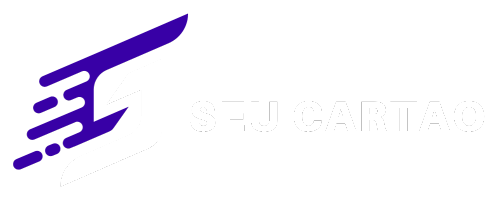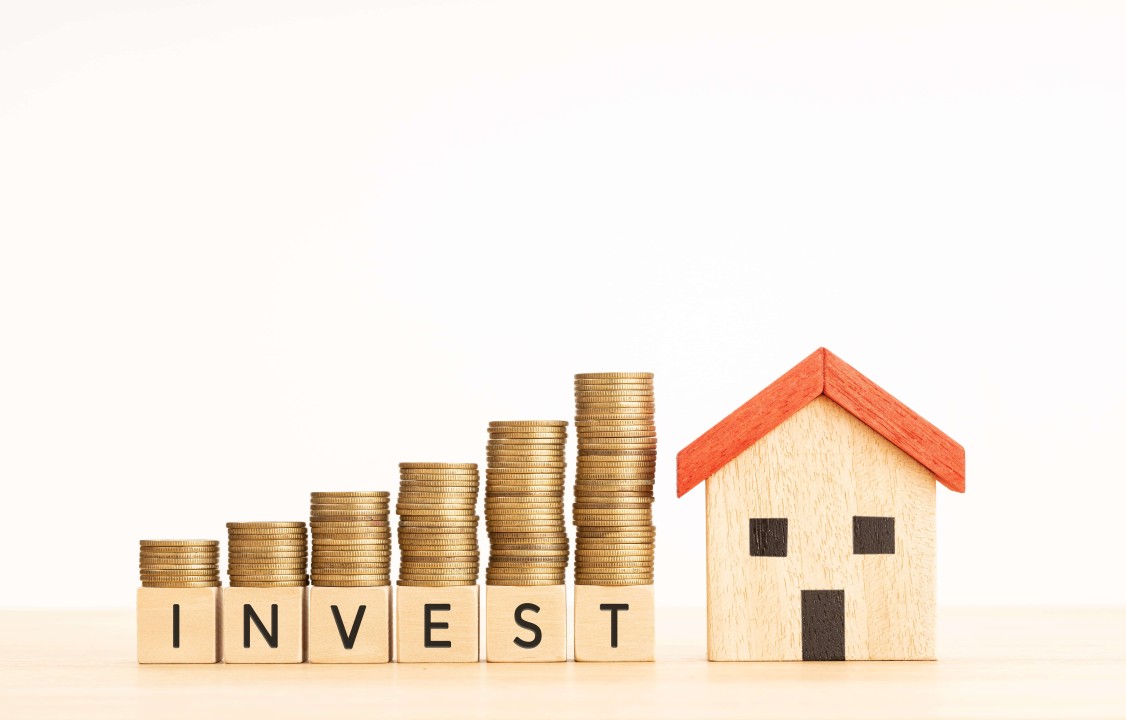Buying a home is often the largest financial commitment an individual or family will ever make. It’s not merely a transaction but a significant life milestone that profoundly impacts your financial future. Without thorough financial planning, the dream of homeownership can quickly turn into a stressful and overwhelming burden. A well-executed financial plan is the bedrock upon which a successful and sustainable home purchase is built, ensuring that your new home is a source of joy, not financial anxiety.
Beyond the Down Payment: Understanding the True Cost of Homeownership
Many aspiring homeowners fixate solely on saving for the down payment. While crucial, it’s just one piece of the financial puzzle. The actual cost of buying a home extends far beyond that initial sum, encompassing a myriad of expenses that, if not planned for, can derail your budget and jeopardize your ability to keep your home.
Initial Expenses: More Than Just the Down Payment
Beyond the down payment, you’ll encounter a range of upfront costs:
- Closing Costs: These are fees paid at the closing of a real estate transaction. They can include loan origination fees, appraisal fees, title insurance, legal fees, and more, typically ranging from 2% to 5% of the loan amount. Many first-time buyers underestimate this significant expense.
- Property Transfer Tax: Depending on your location, you might need to pay a tax on the transfer of property ownership.
- Renovation and Furnishing: Unless you’re buying a brand-new home, you’ll likely want to personalize or update it. Even minor renovations or furnishing a new space can add up quickly.
- Moving Costs: From hiring movers to purchasing packing supplies, relocating comes with its own set of expenses.
Ongoing Expenses: The Long-Term Commitment
Once you own the home, the financial obligations continue:
- Mortgage Payments: This is usually the largest ongoing expense, encompassing principal and interest, and sometimes property taxes and homeowners insurance (escrow).
- Property Taxes: These are recurring taxes levied by local governments based on the value of your home. They can increase over time.
- Homeowners Insurance: Essential for protecting your investment against damage or loss, homeowners insurance is a mandatory expense.
- Maintenance and Repairs: Homes require continuous upkeep. Unexpected repairs, from a leaky roof to a broken appliance, can be costly. Experts often recommend budgeting 1% to 3% of your home’s value annually for maintenance.
- Utilities: Your new home might have higher utility bills than your previous residence, especially if it’s larger or less energy-efficient.
- Homeowners Association (HOA) Fees: If you buy in a planned community or condominium, you’ll likely have monthly HOA fees to cover common area maintenance and amenities.
The Role of Financial Planning in a Seamless Home Purchase
Effective financial planning addresses all these costs, ensuring you’re not just prepared for the down payment but for the entire financial journey of homeownership.
Building a Robust Savings Strategy
Financial planning for a home begins with a clear savings strategy. This involves setting realistic goals for your down payment and closing costs, creating a budget to identify areas where you can save more, and consistently setting aside funds. Consider automating your savings to ensure you’re regularly contributing to your homeownership fund.
Assessing Your Affordability and Debt-to-Income Ratio
A crucial aspect of financial planning is determining how much home you can truly afford. This goes beyond what a bank pre-approves you for. You need to factor in all your existing debts, monthly expenses, and financial goals to ensure your mortgage payment and associated home costs don’t consume too large a portion of your income. Lenders often look at your debt-to-income (DTI) ratio, but your personal comfort level should be even more conservative. A good financial plan helps you avoid being “house poor,” where all your money goes towards your mortgage, leaving little for anything else.
Preparing for the Unexpected: Emergency Funds
Life is unpredictable, and homeownership comes with its share of unexpected expenses. A well-structured financial plan includes building a robust emergency fund (typically 3-6 months of living expenses) to cover unforeseen costs like major home repairs, job loss, or medical emergencies. This fund acts as a vital safety net, preventing you from having to dip into retirement savings or incur high-interest debt when crises arise.
Improving Your Creditworthiness
Your credit score plays a significant role in the interest rate you’ll receive on your mortgage. Financial planning involves reviewing your credit report, disputing any errors, and actively working to improve your credit score by paying bills on time and reducing existing debt. A higher credit score can translate into thousands of dollars in savings over the life of your loan.
The Path to Sustainable Homeownership
The necessity of financial planning for home purchase cannot be overstated. It’s not just about accumulating enough money; it’s about building a sustainable financial foundation that supports your homeownership journey for years to come. By meticulously planning for both initial and ongoing costs, understanding your true affordability, and building an emergency fund, you can transform the daunting prospect of buying a home into an exciting and financially secure reality.
Are you ready to map out your financial plan for homeownership?






